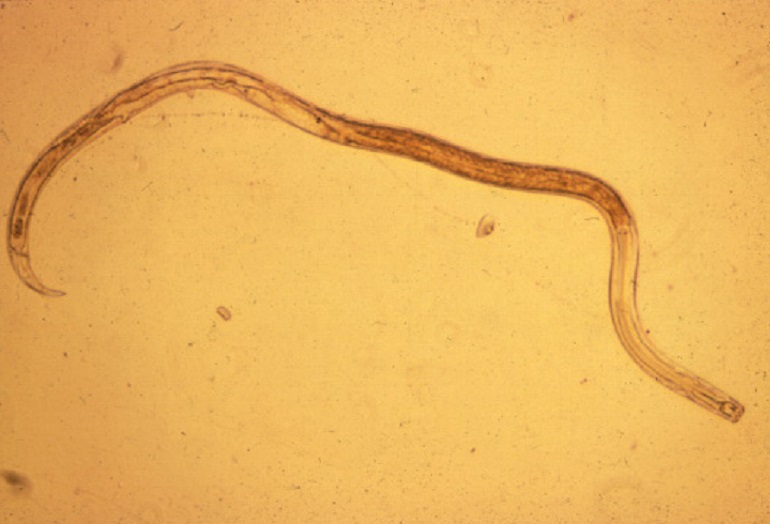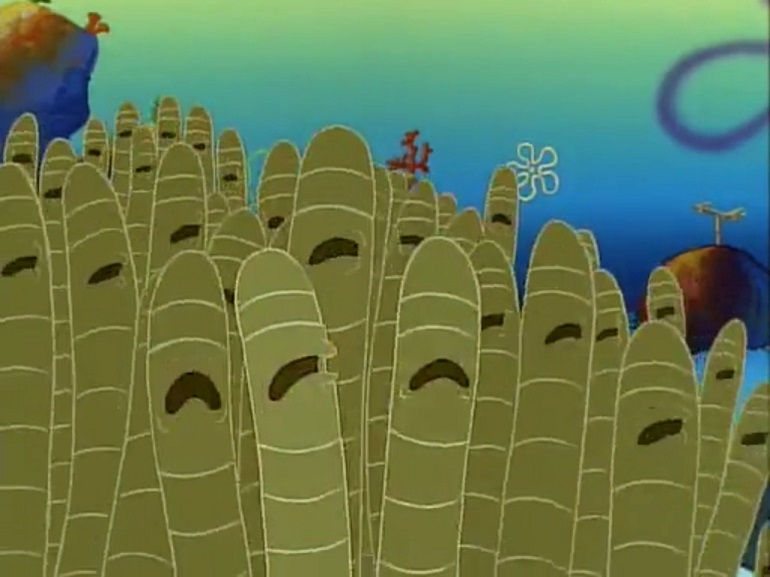Wild caught fish seems like the obvious way to go, but will you still think that when you take a fork-full of that fancy wild salmon dish you ordered at the restaurant you saved money to go to, only to see a small worm? It really happens.
Nematodes are turning up in wild fish, and they’re hard to avoid. Nematodes, also called herring worms or cod worms, are relatives of hookworms and pinworms. They are the parasite responsible for trichinosis.

Photo courtesy of fcps.edu
Nematodes are killed by freezing fish at a temperature of -4° F for at least seven days, or by heating to 145°F for at least 15 seconds. The problem with this is that cooking fish to this high of a temperature makes the fish much less palatable. Fish is normally cooked to about 120-130° F.
Even if the fish is cooked to this high of a temperature, or your fresh fish is frozen for seven days, the result is just dead worms in your fish instead of live worms.
Against what we all have come to believe, the best protection may be using farmed fish. Nematodes enter fish in the external ecosystem, but farmed fish are segregated from the ecosystem by nets or tanks. In addition to this, they are fed pellets that are treated for parasites.

Photo courtesy of spongebob.wikia.com
The problems with farmed fish include concerns about the use of antibiotics, concerns that farmed fish disrupt the population of wild fish, and the pollution fish farming creates. For chefs, the dilemma is that buying farmed fish may sacrifice some quality. Is it worth the risk?
A commercial strategy to check for worms is a process called “candling.” To do this, a bright light is placed under a fish fillet. Any worms will appear as shadows, which can then either be removed or the fish can be discarded. Although this seems terrifying, this situation is actually more gross than unsafe.
While most parasites cannot adapt to human hosts and will be digested with no ill effects, the worst situation is nematode infection, which has a range of gastrointestinal symptoms such as abdominal pain, nausea, and diarrhea, and is not deadly.
Of the 20,000 cases of nematode infection from eating fish reported globally, over 90% of them are in Japan. It is estimated that only 60 cases occur annually in the United States. If you notice there are worms in your fish, still go to the doctor to double check for nematode infection.
We have to face the fact that food will never be guaranteed as safe. Rather than worrying about a rare scenario, live your life and enjoy that fancy wild caught fish.
Learn more about all your options and questions to ask when buying fish.

